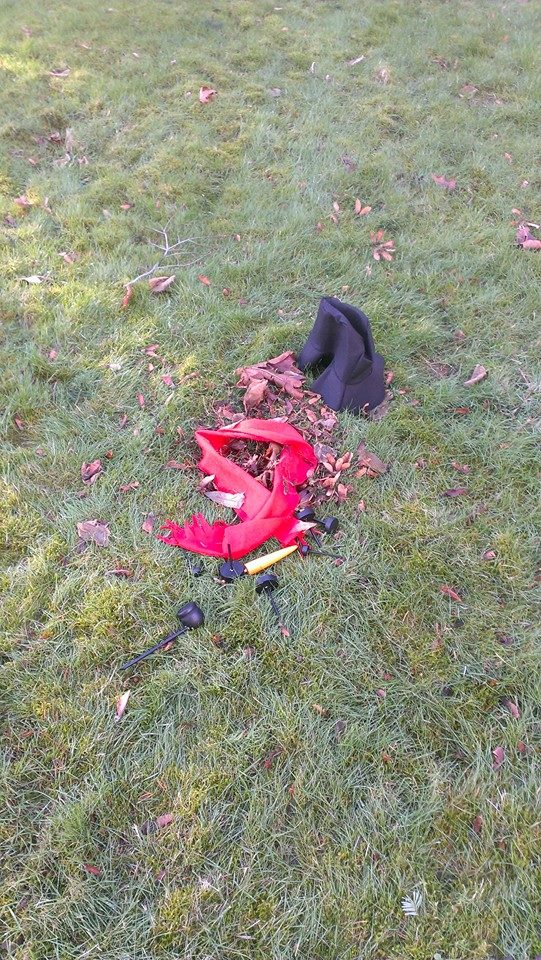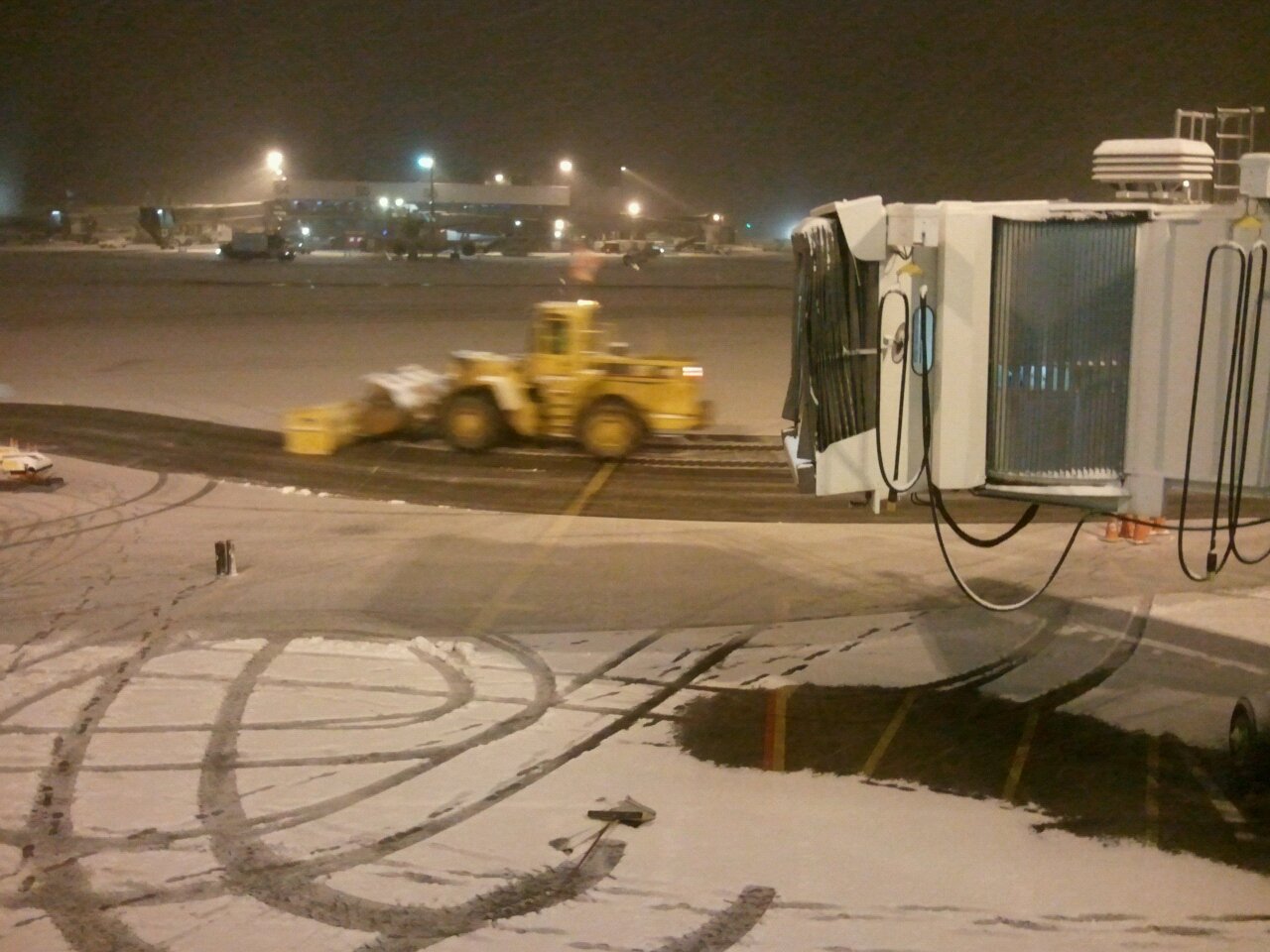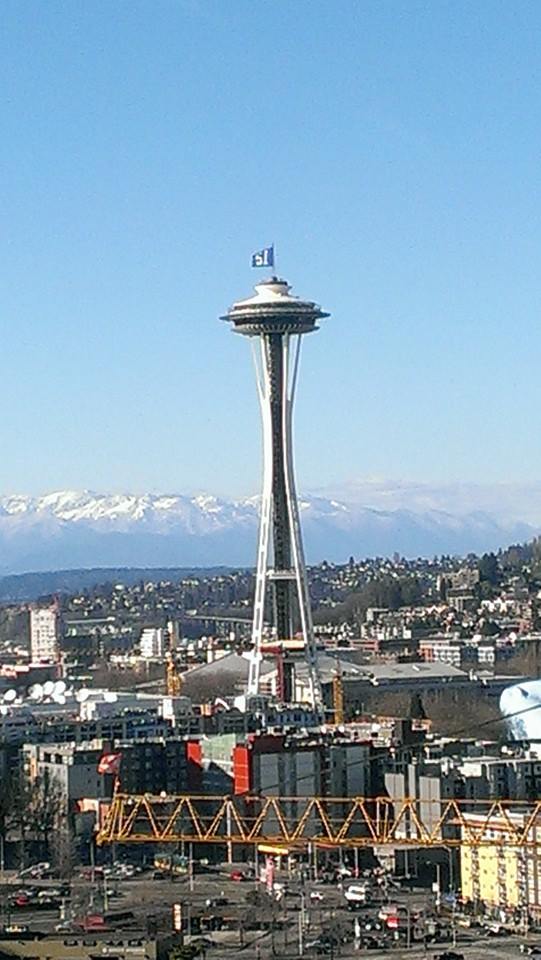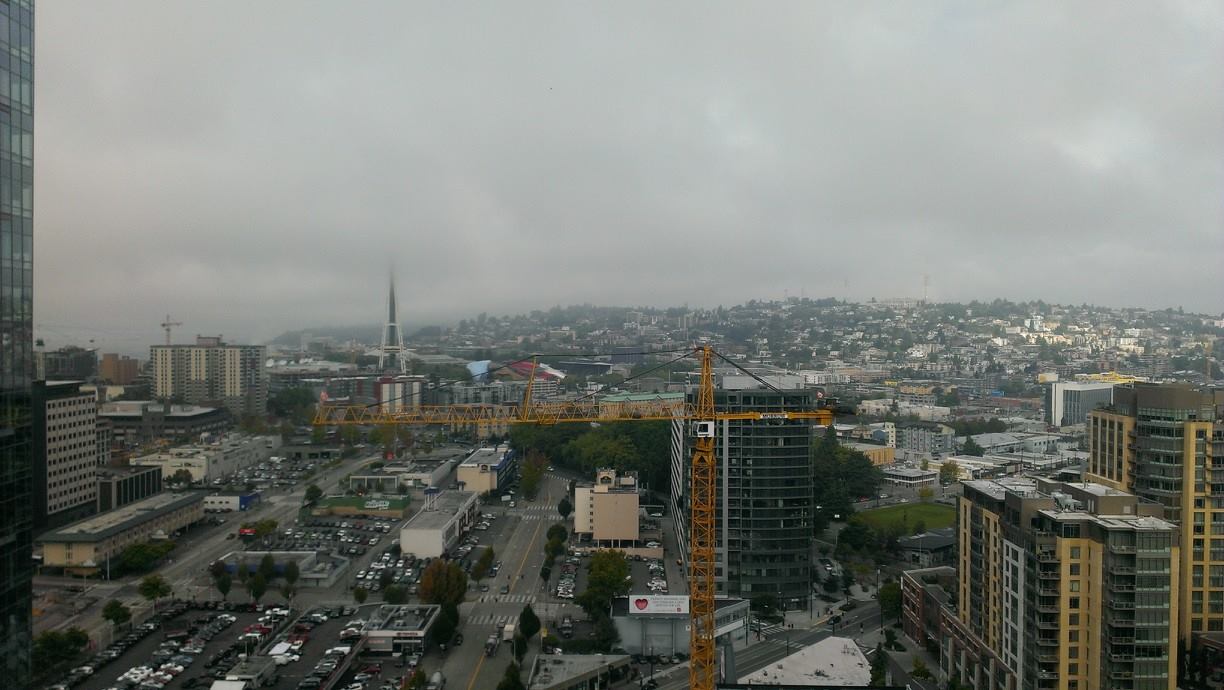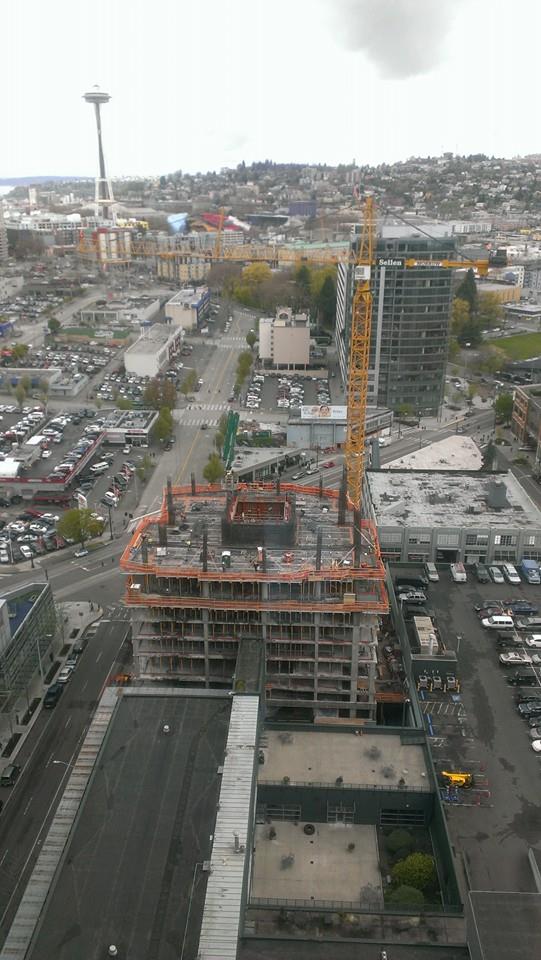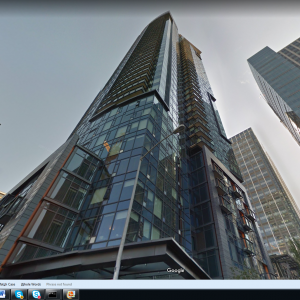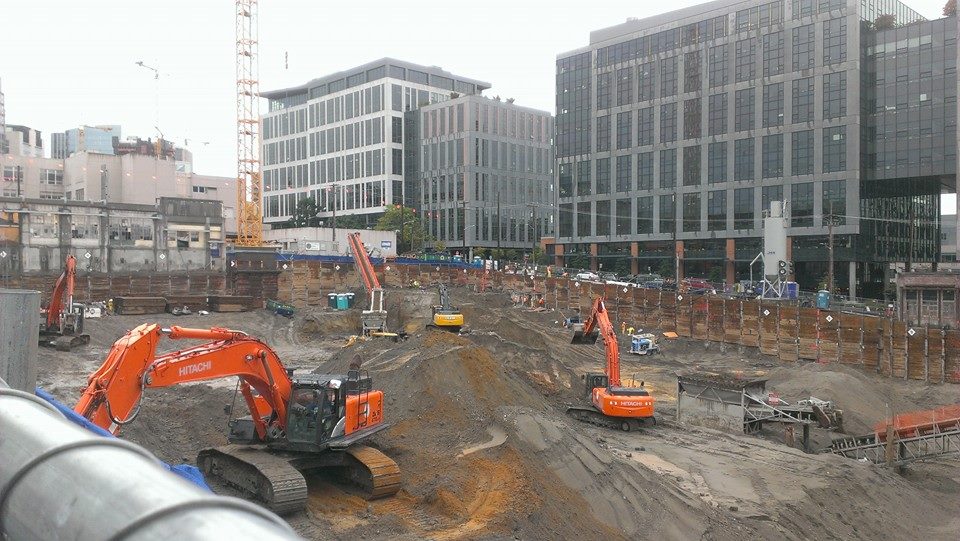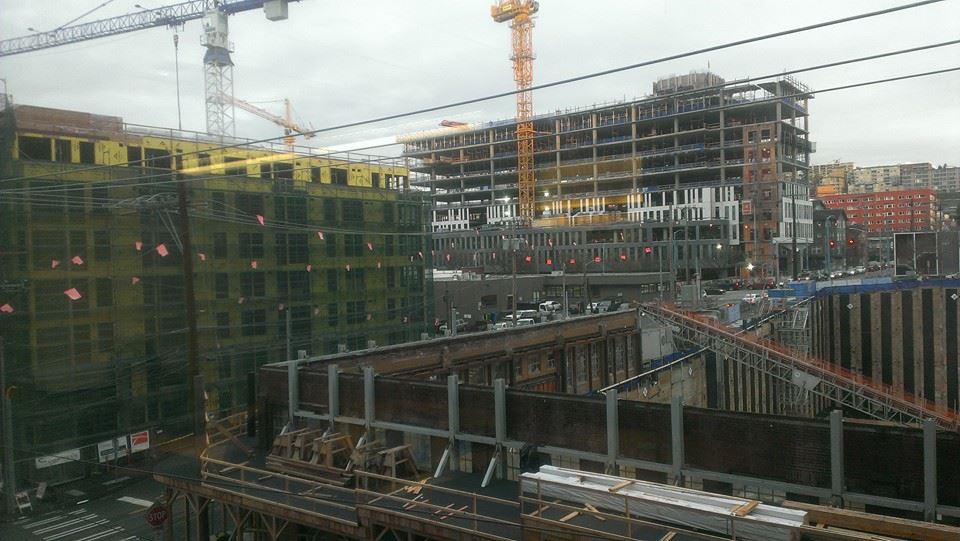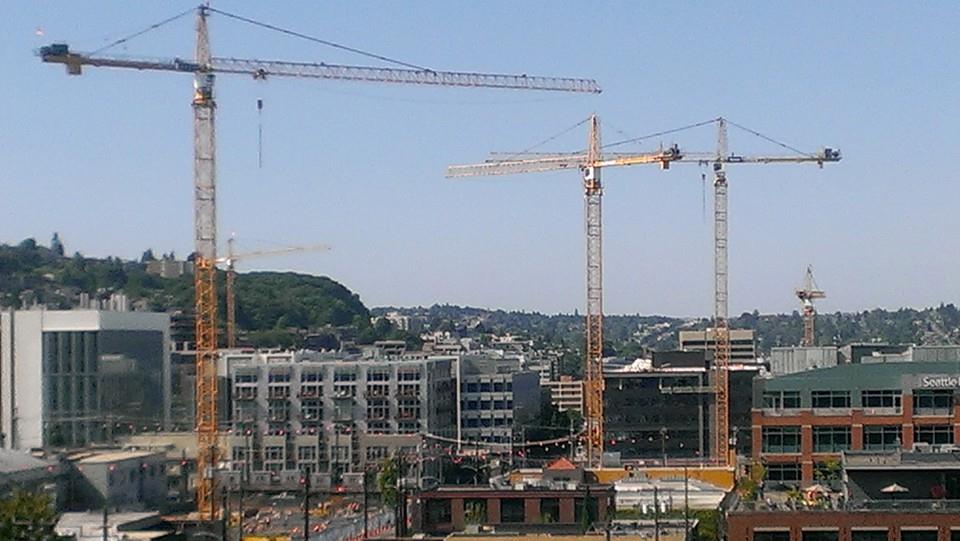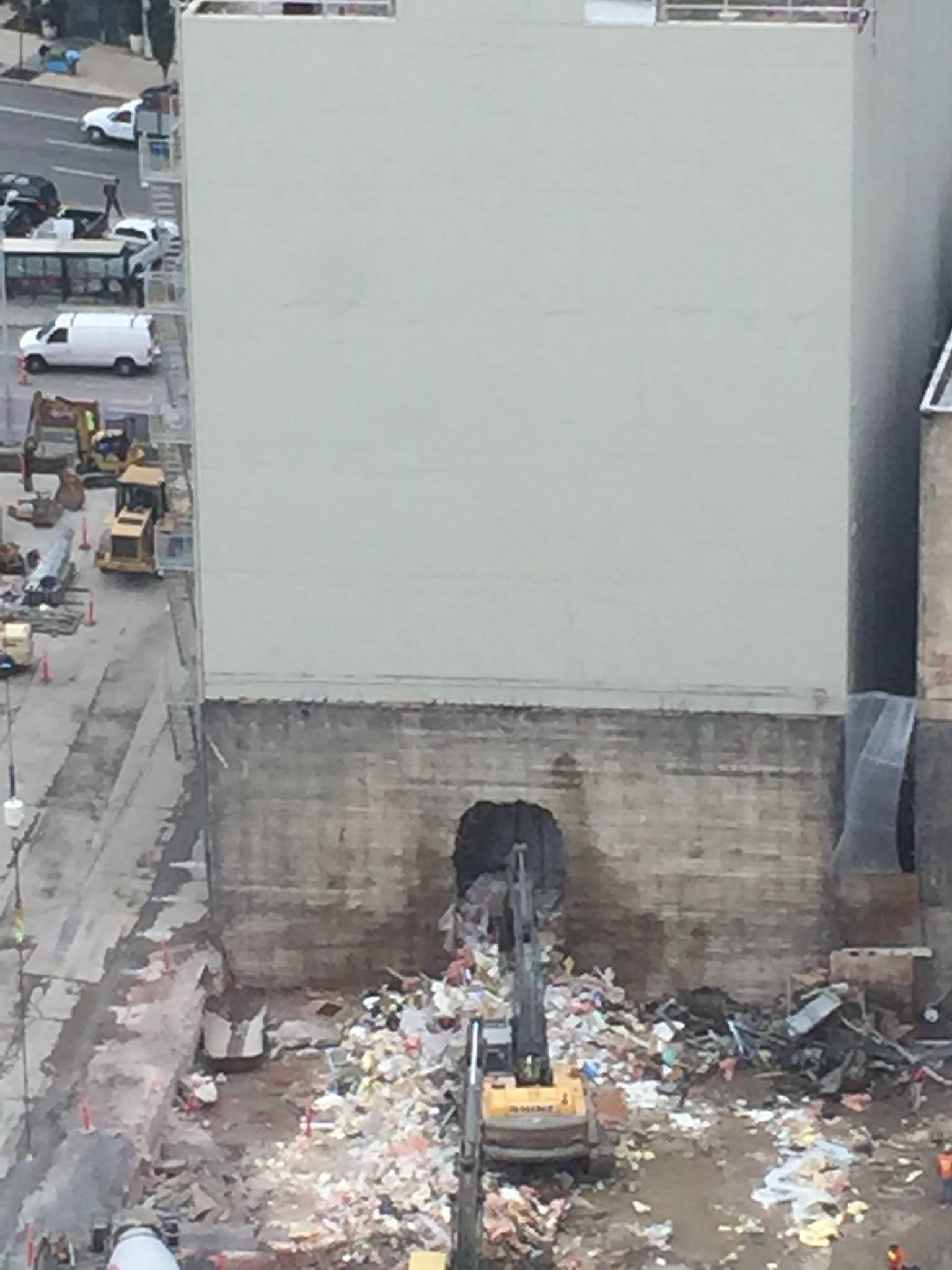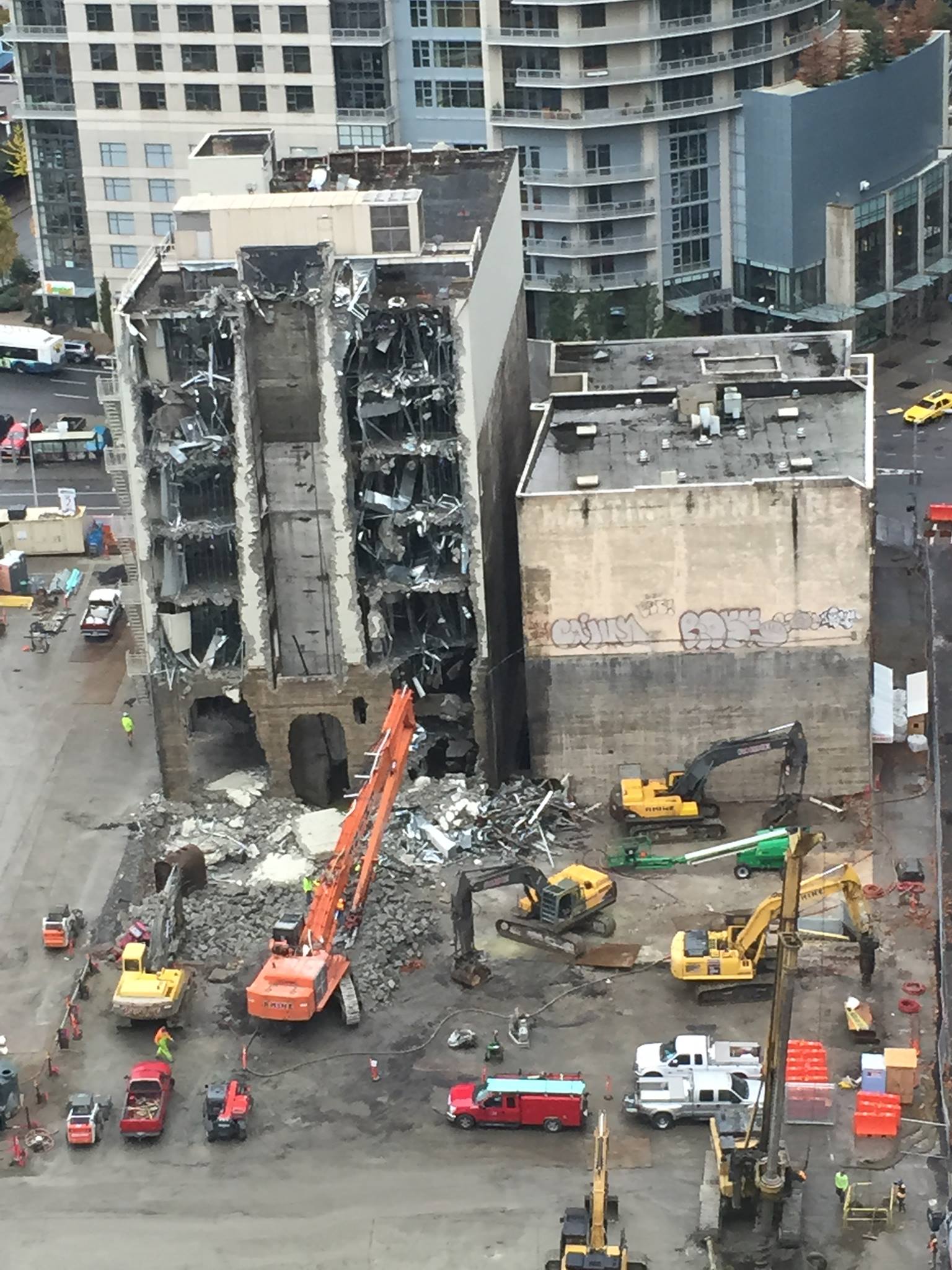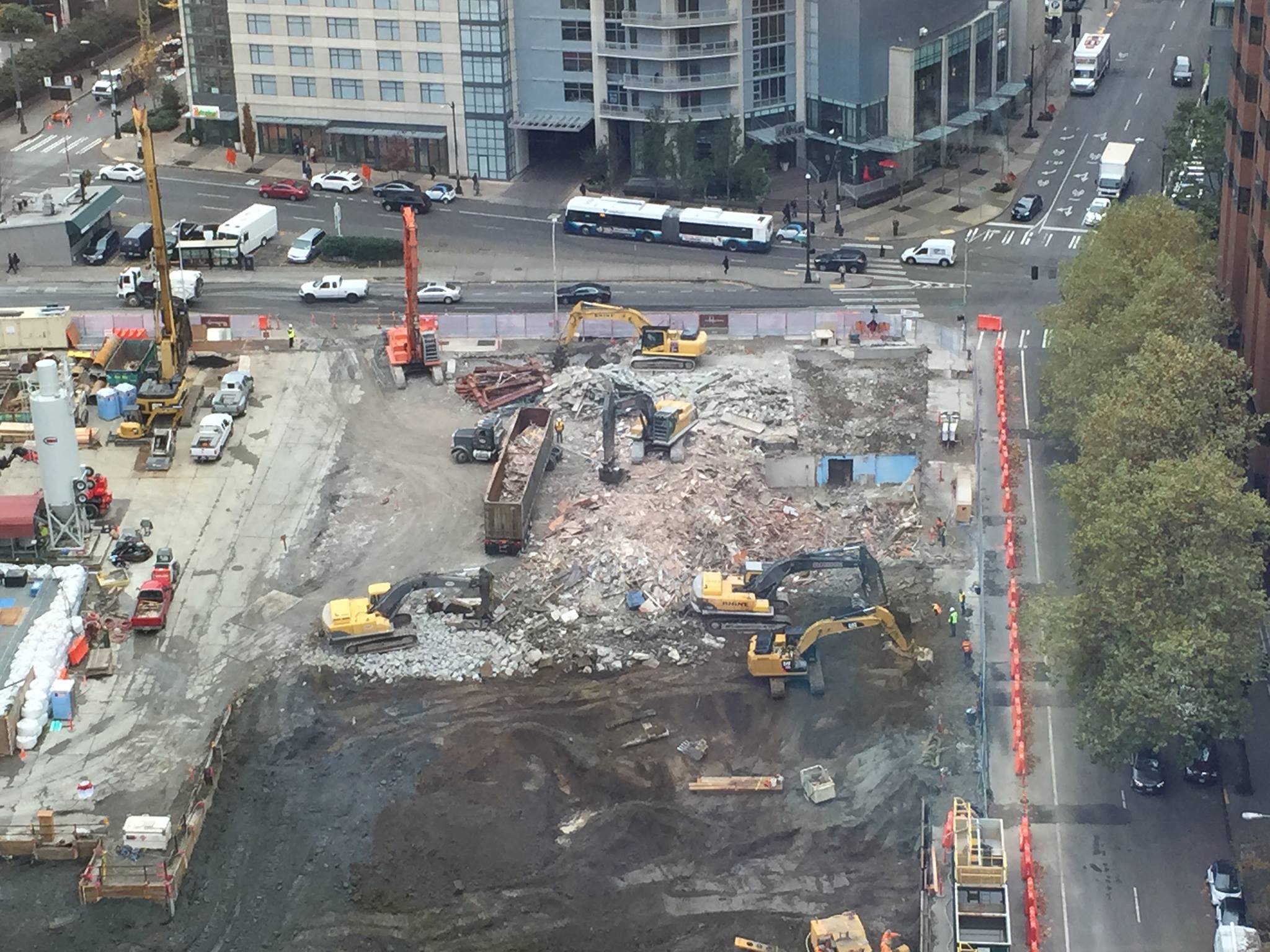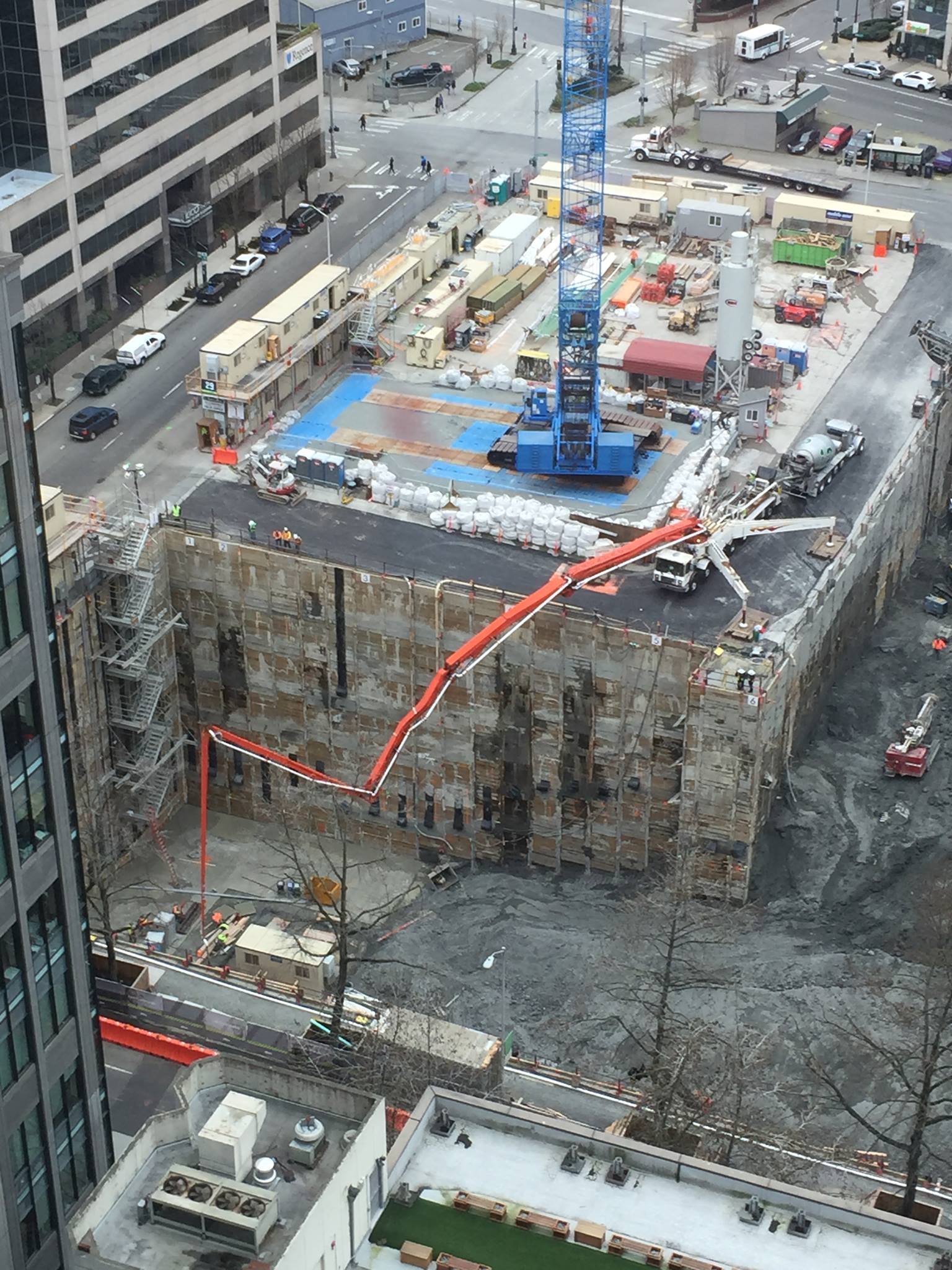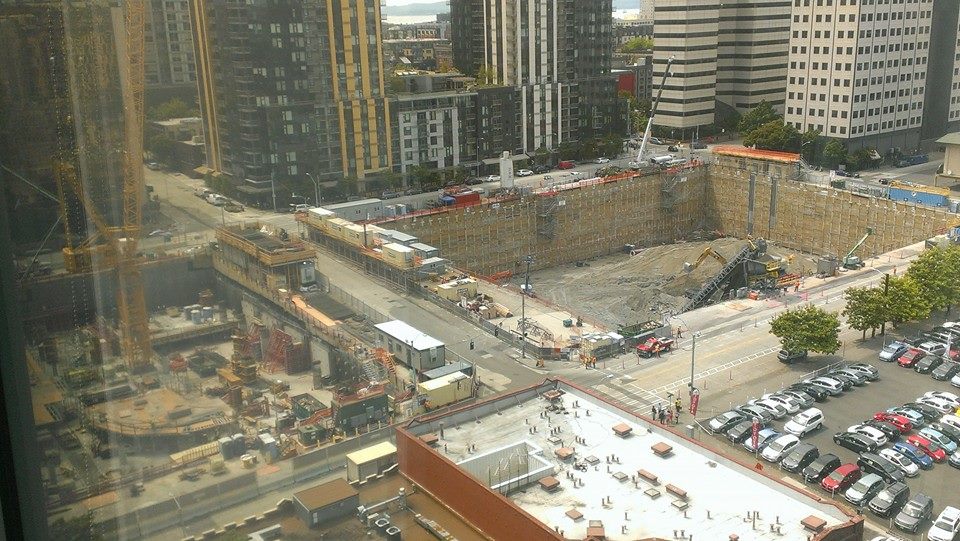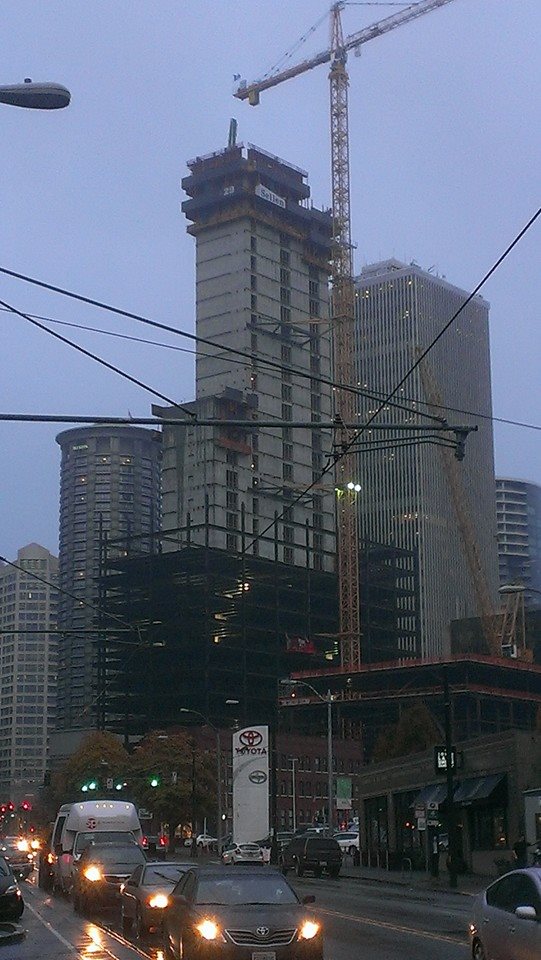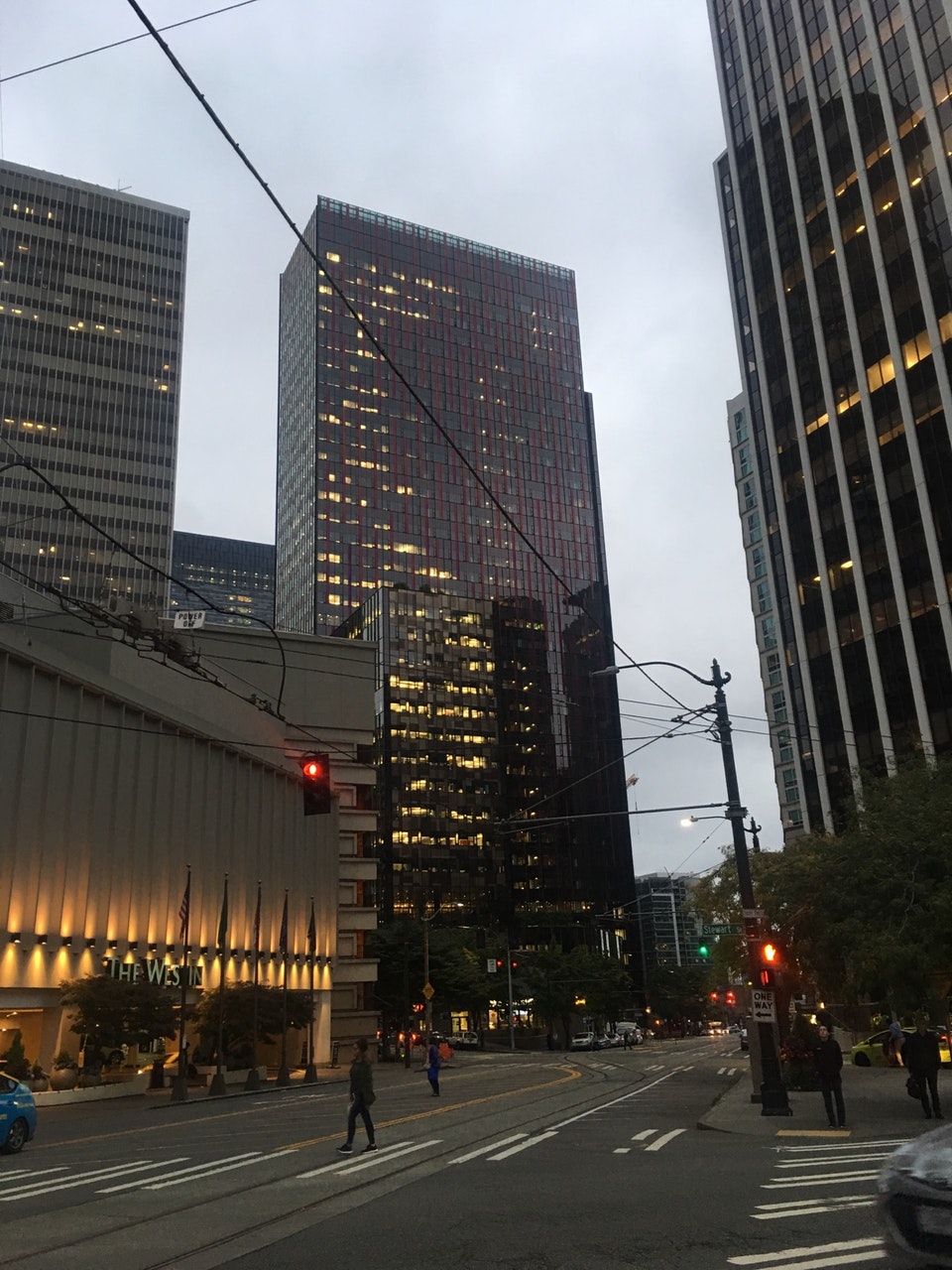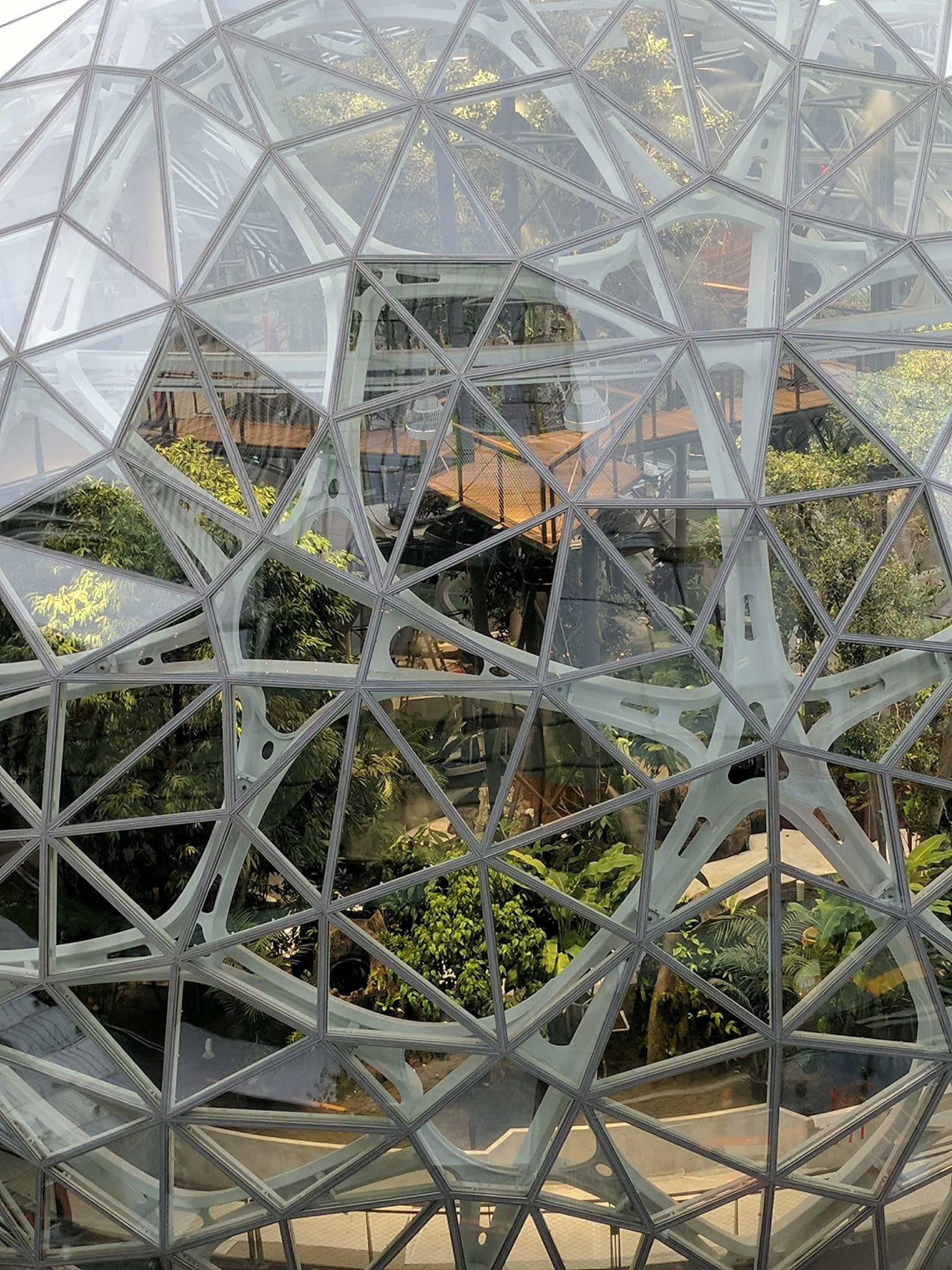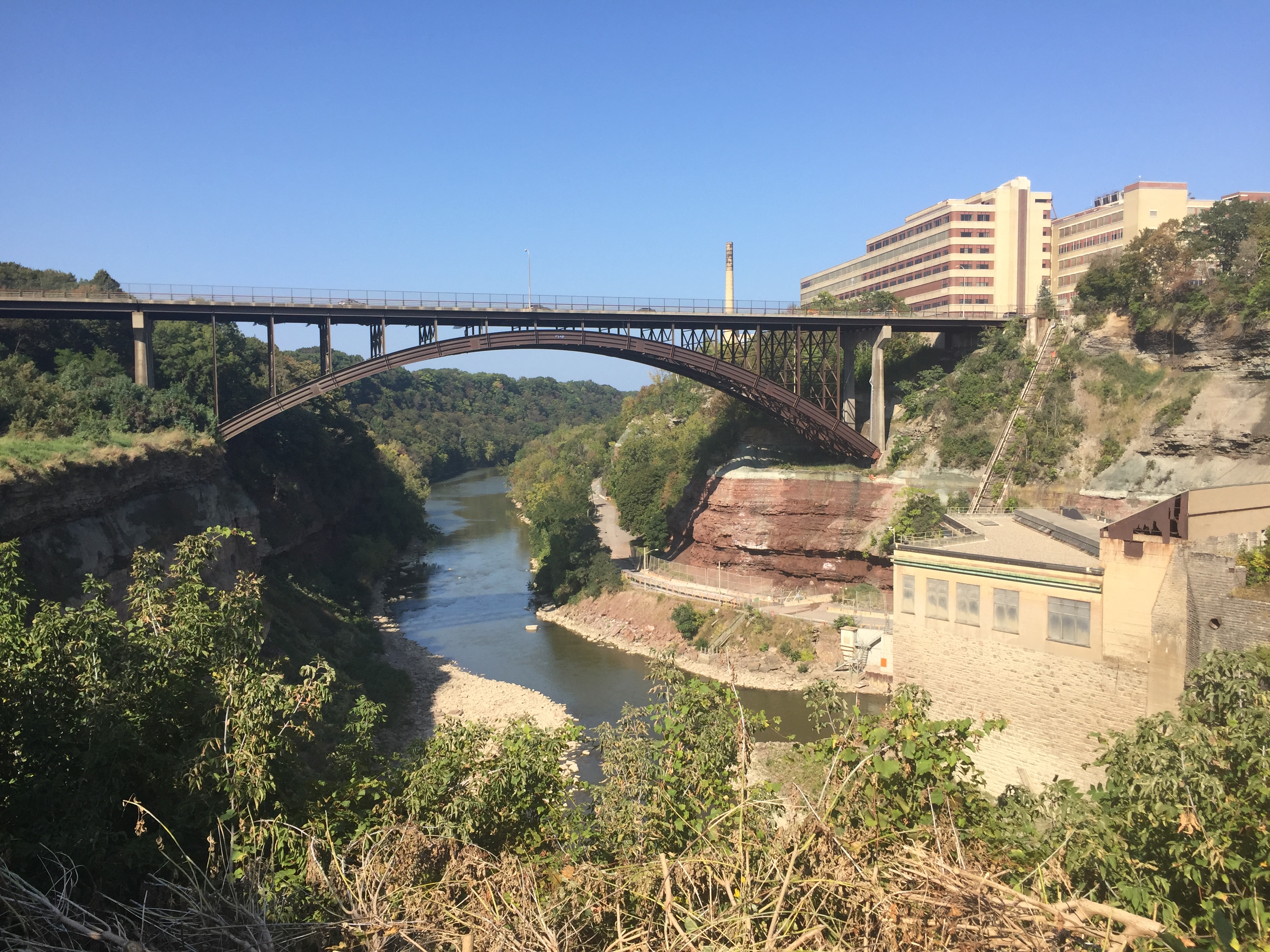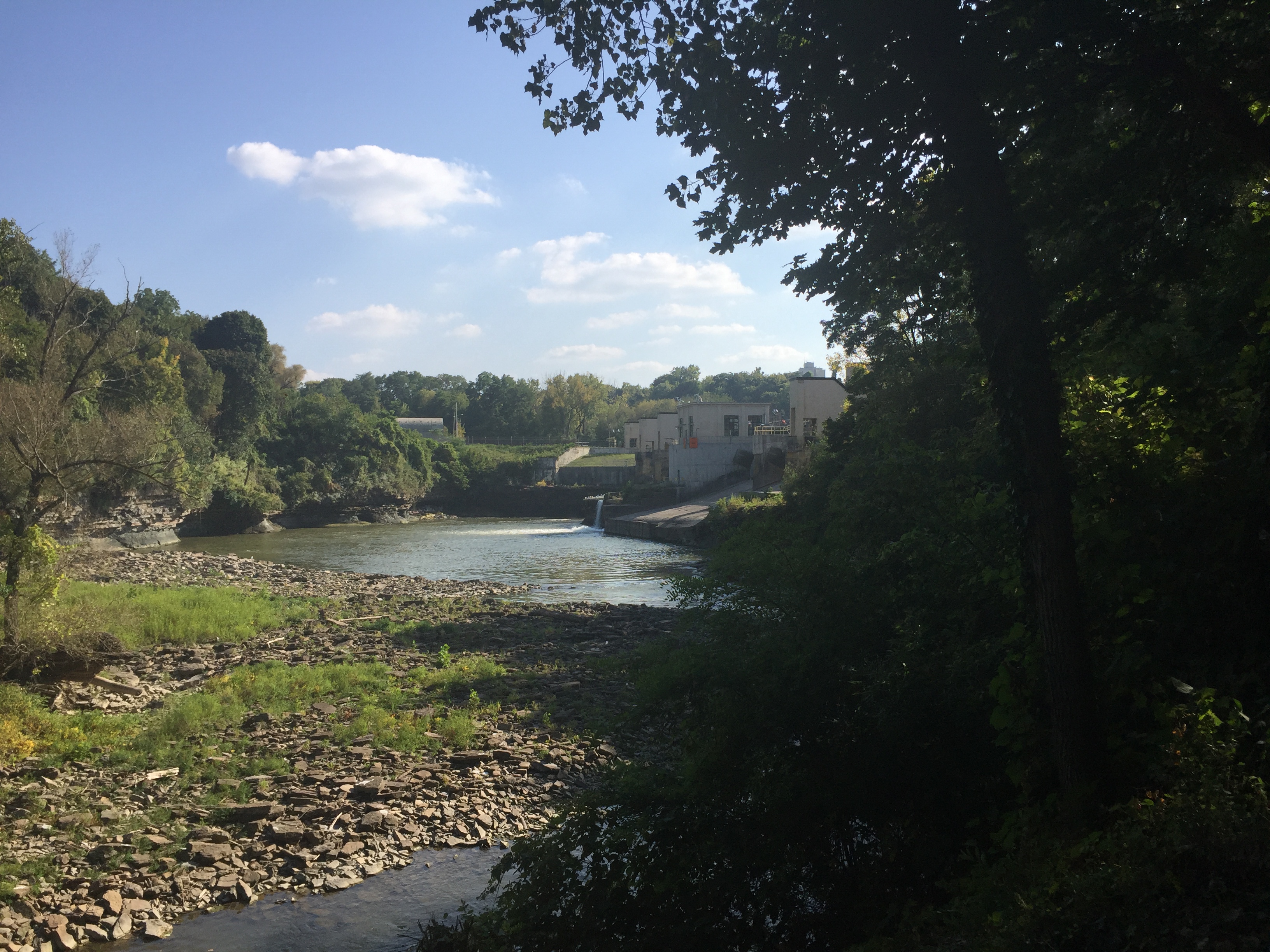Rochester is a “boomerang” city (see item #14 on this fun list) – natives of the area often return as adults to raise their families here – and my own family falls into that category. I graduated from Pittsford-Mendon High School in 1988, and my wife and I moved back to the area in 2003, along with two soon-to-be-school-aged kids. Anecdotally, I know many people who headed into the wide world, only to return to Rochester, if possible, when it was time to raise a family. Seeing other parts of the world lends perspective on the high quality of life offered by the Rochester area, bolstered by Rochester’s stellar public school systems.
We moved to Brighton, a Rochester suburb, in 2003, and our kids went to Brighton Central Schools until 2011, when we moved to Seattle so I could work at Amazon. In Seattle, we lived in a suburb called Mercer Island, which has some of the best-rated schools in Washington State. Our kids have attended schools at all levels (primary to high school) in both districts, so we have a good understanding of the similarities, differences, and tradeoffs.
With the dawn of the Internet and aggregation of school-related statistics, families seeking the best education for their children are drawn to sites that “rank” public schools, like niche.com and schooldigger.com. By this metric, Rochester-area public schools fare noticeably better than Seattle-area schools. According to niche.com, the two “best” districts in Washington State are Bellevue (#1) and Mercer Island (#2); in New York, the top Rochester-area districts are Pittsford (#3) and Brighton (#9). But nationally, Pittsford and Brighton are ranked much higher: #32 and #71 to #213 and #323.
I won’t dwell on this point because the methodologies of these “district ranking” sites are, at best, imperfect. Instead, let’s look at private school enrollment. According to this 2014 article, an estimated 22% of Seattle students and shockingly, 16% of Bellevue students are enrolled in private school. Let that sink in for a moment. Bellevue simultaneously has the highest-ranked public schools in Washington (according to niche.com), yet the second-highest rate of private school enrollment. In Monroe County, where Rochester is located, the rate of private school enrollment is under 7%. The privileged suburbs of Brighton and Pittsford echo Bellevue’s support of private schools despite having excellent public schools, but their private school attendance rate is 10%, well below the national average of 13%. Rochester-area families seem more inclined to entrust their children to public schools.
The implications are twofold. First, private schools impose an additional financial burden on families. Second, they impose an additional commuting burden on families and the surrounding community. This article from a Seattle-area author, which features a student who transferred from Mercer Island public schools to the prestigious Lakeside (Bill Gates’s alma mater), does a good job of capturing families’ angst as they navigate the public/private school landscape, especially the visibility of privilege that comes with sending your child to private school.
Our own experience with Seattle-area schools was mixed. Two of our children were born in Seattle in 1999 and 2001. We were sufficiently dismayed by the private school scene that we moved from Seattle proper to an Eastside suburb (an echo of what our own parents had done in the Rochester area when we were young), but then we moved away. When we moved back to Seattle in 2011, we chose Mercer Island, a suburb whose schools had a sterling reputation. Mercer Island schools are good by the standards of Washington State, but the funding disparities find expression in myriad ways, starting with higher fees to participate in music and sports and fewer services for students in need of extra support. Additionally, for the entire six years we lived on Mercer Island, every physical plant in the School District had portable classrooms (trailers) on site. Mercer Island, one of the wealthiest communities in Washington State, spends about $11,500 per pupil per year, to Brighton’s $20,700, and it shows. When the opportunity to move back to Brighton presented itself, a major reason we welcomed the change was the public school system.
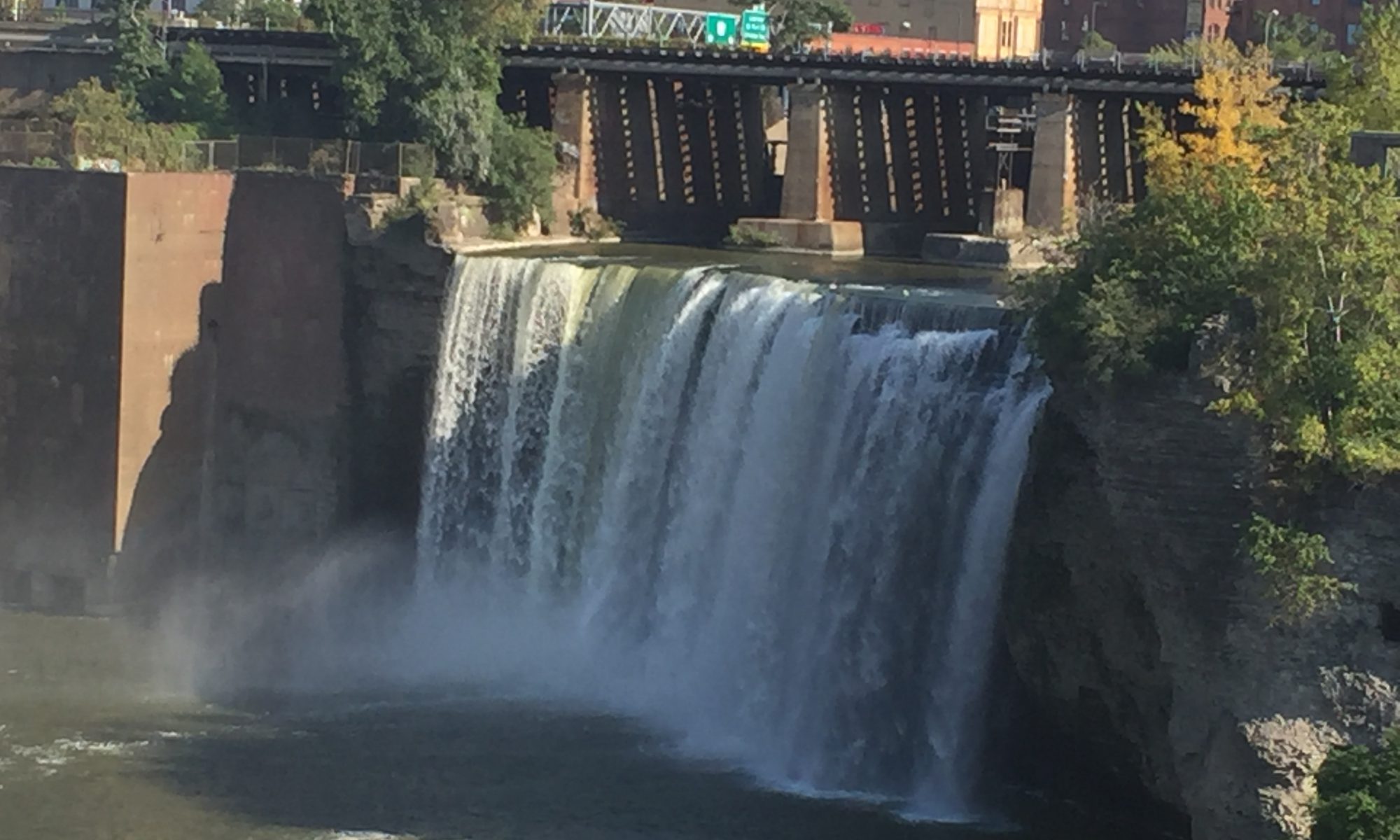
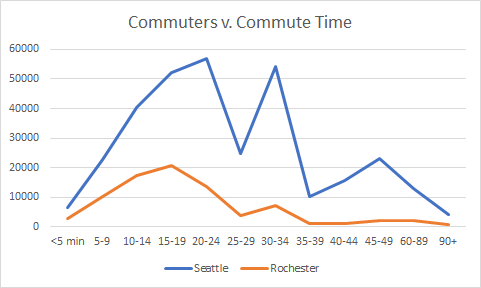
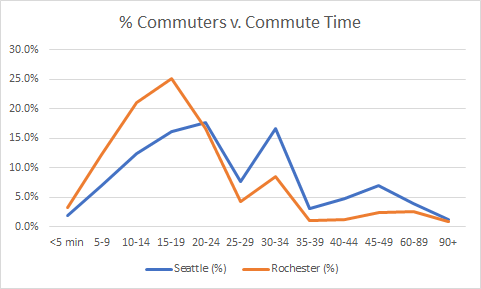 After living and working in Seattle from 1994-2002 and then 2011-2016, I think this comparison may be too favorable to Seattle!
After living and working in Seattle from 1994-2002 and then 2011-2016, I think this comparison may be too favorable to Seattle!